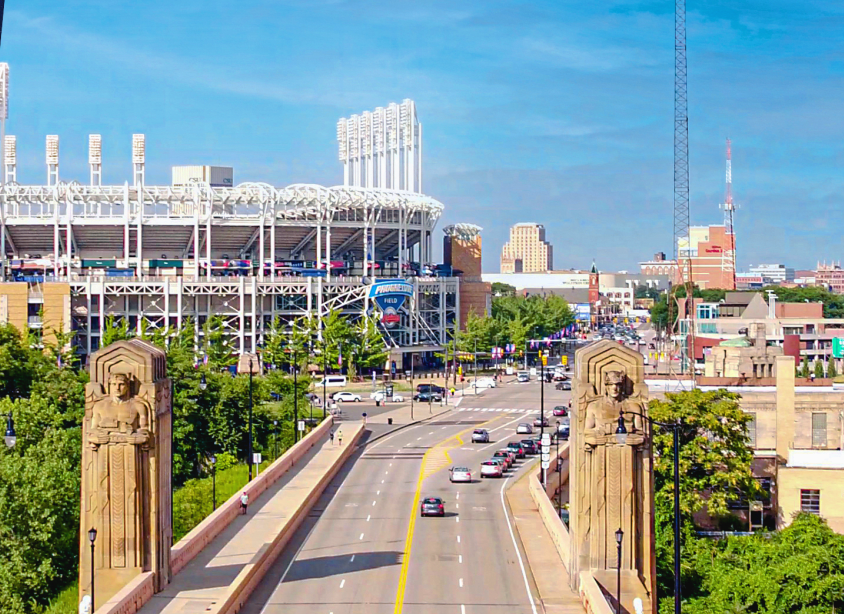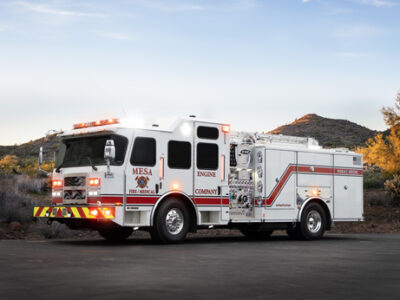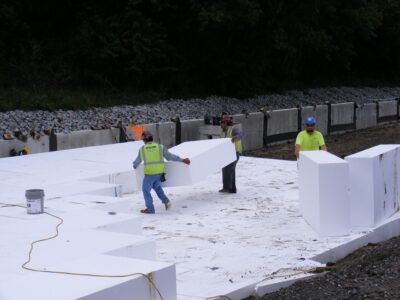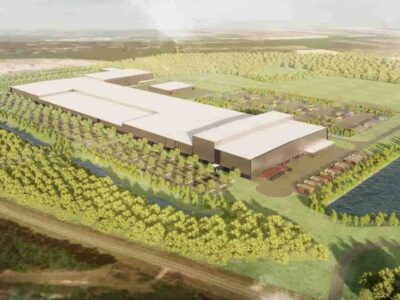Progressive Field, home of Major League baseball’s Cleveland Guardians, followed a sustainability-focused approach even before it was aptly dubbed Progressive Field. When it opened in 1994 as Jacobs Fields, the ballpark contained recycling bins for plastic, cardboard, and aluminum trash.
In 2007, the stadium became the first American League baseball park and one of the first North American sports facilities to have a solar energy system onsite. The 42 solar panels created 8.4 kilowatts of clean, renewable energy a year to power 400 TVs. Cutting down electrical consumption and expense was part of the reason for going solar. “Our solar project is an educational piece that demonstrates our commitment to clean energy,” revealed Brad Mohr, the then assistant director of ballpark operation.
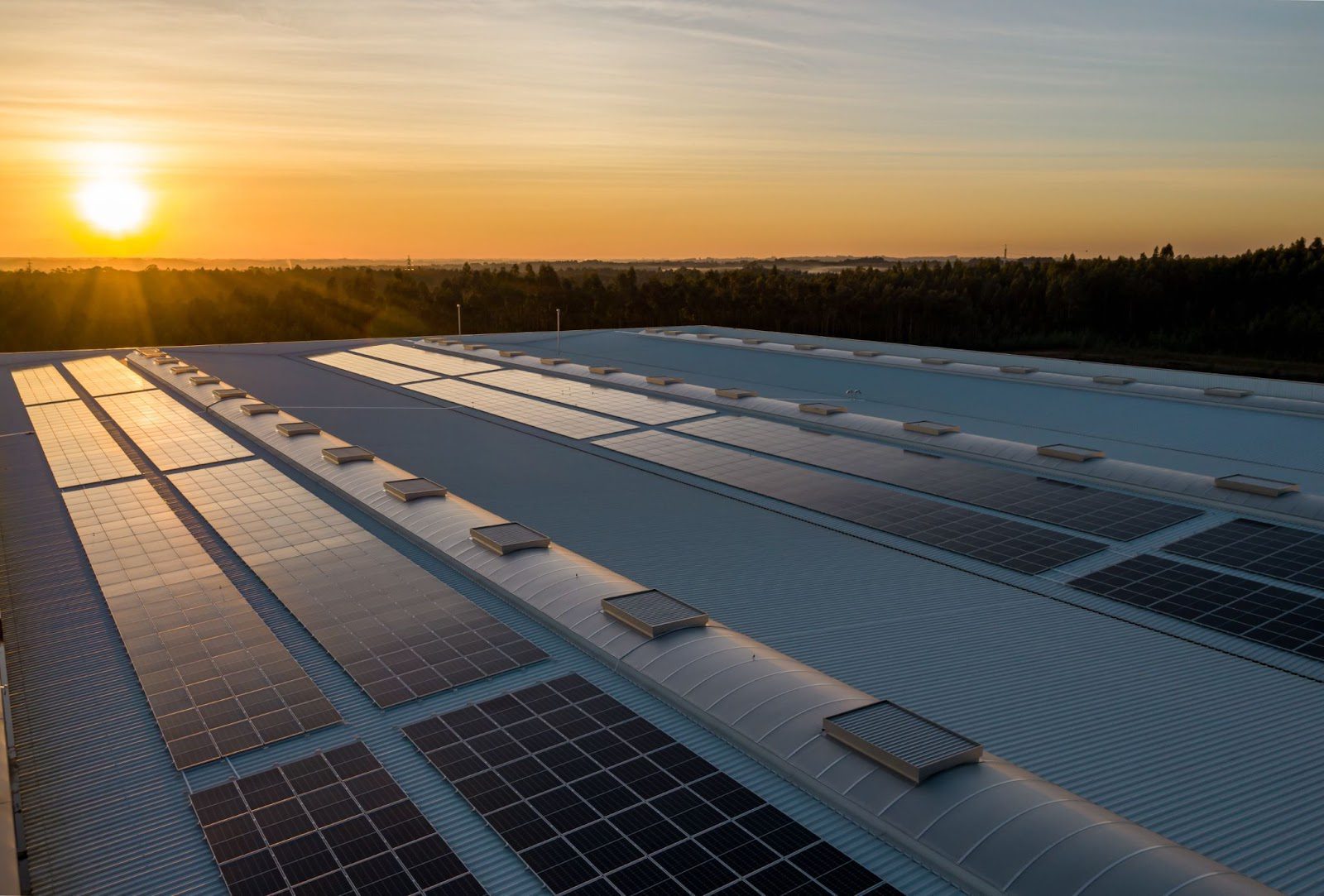
When it was renamed Progressive Field in 2008, all the new stadium signs contained LED lighting. This choice not only lowered CO2 emissions and energy costs, but these low-voltage fixtures are more eco-friendly because they have no UV, infrared, or glass. Progressive Field, consequently, avoided creating more than 74,000 CO2 emissions during its first decade.
Before going with solar energy, the team considered wind power, but the technology hadn’t evolved far enough in 2008. However, the team got together with Cleveland State University faculty and students, who created a corkscrew-shaped wind turbine erected at the stadium in 2012. While this innovative, experimental project — the first ever installed in a Major League baseball stadium — did generate clean energy during the season, the team took it down after one year due to damage by Cleveland’s fierce winter winds.
In 2008, Progressive Field updated its recycling and waste operations. To reduce contamination of recyclable materials, the stadium switched from offsite commingling to onsite, where two balers separated items. With less contamination, the team could receive better prices for their recyclables.
Progressive Field also instituted a “pick” system to separate recyclable and compostable items after each home game. A crew of custodial staffers goes through the stadium three times, collecting compost items, recyclables, and trash.
This successful system resulted in the ballpark’s recycling bins getting emptied every day instead of every three days, and the landfill diversion jumped from 13% in 2008 to 22% in 2011. “To capture as much as we do is great,” Mohr said. “We’re not going to be perfect. That’s ok. I know we’re doing something right.”
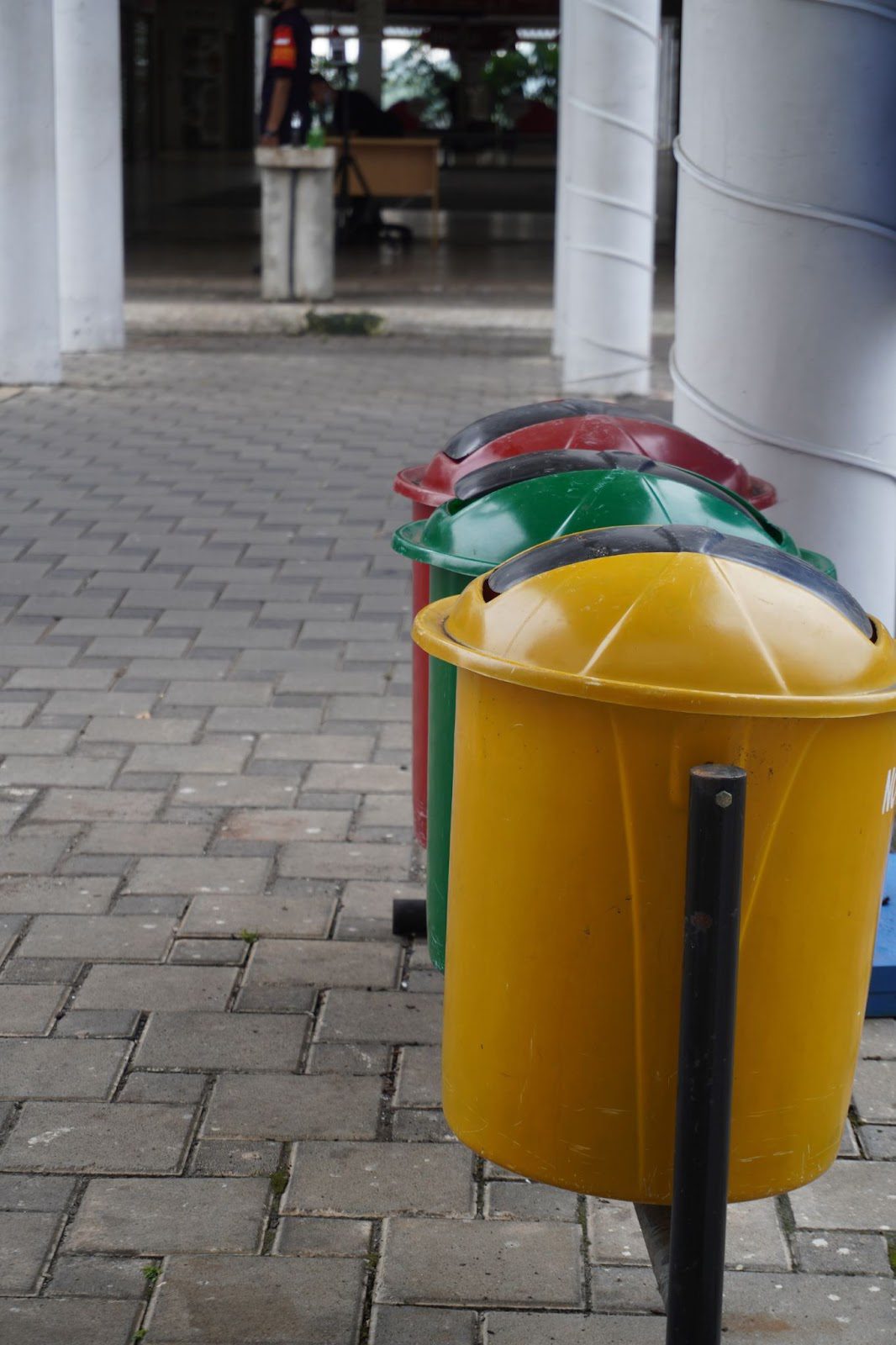
Cleveland’s baseball team, known as the Indians then, started the “Our Tribe Is Green … Are You in the Tribe?” campaign in 2008. The purpose was to get fans involved and excited about sustainability. In 2010, Cleveland was the first Major League Baseball franchise to host a Green Awareness Day, where fans received a ball cap made of 100% recycled plastic bottles. The following season, the stadium held a National Recycling Day event that recycled everything from scrap metal to batteries.
The team promoted sustainability to its employees and the players too. They placed composting and recycling bins in the players’ clubhouses, the team’s offices, and game day areas. The stadium’s retail shops use biodegradable bags for customer purchases.
Progressive Field improved its composting efforts with the help of an “energy machine.” This system, called Grind2Energy, pulverizes food scraps — from fruit rinds to chicken bones and used cooking grease — into a liquid-ish mixture. After getting trucked to a facility and dumped into anaerobic digesters, this slurry is transformed into fertilizer and renewable energy for transportation fuel or an electricity grid. Meanwhile, food that still is usable gets donated to local food banks. In 2018, Progressive Field donated 11,480 pounds of food while diverting 85 tons of food waste.
The stadium upgraded its lighting situation at the end of the decade. More than 450 thousand-watt LED fixtures were placed on stanchions on Progressive Field before the 2017 season. These long-lasting, energy-efficient lights are 20%–30% brighter than standard lighting and help the stadium lower electrical consumption by 50%. Sustainable energy usage increased and energy costs decreased by adding a solar array on the roof behind the home plate in 2019.
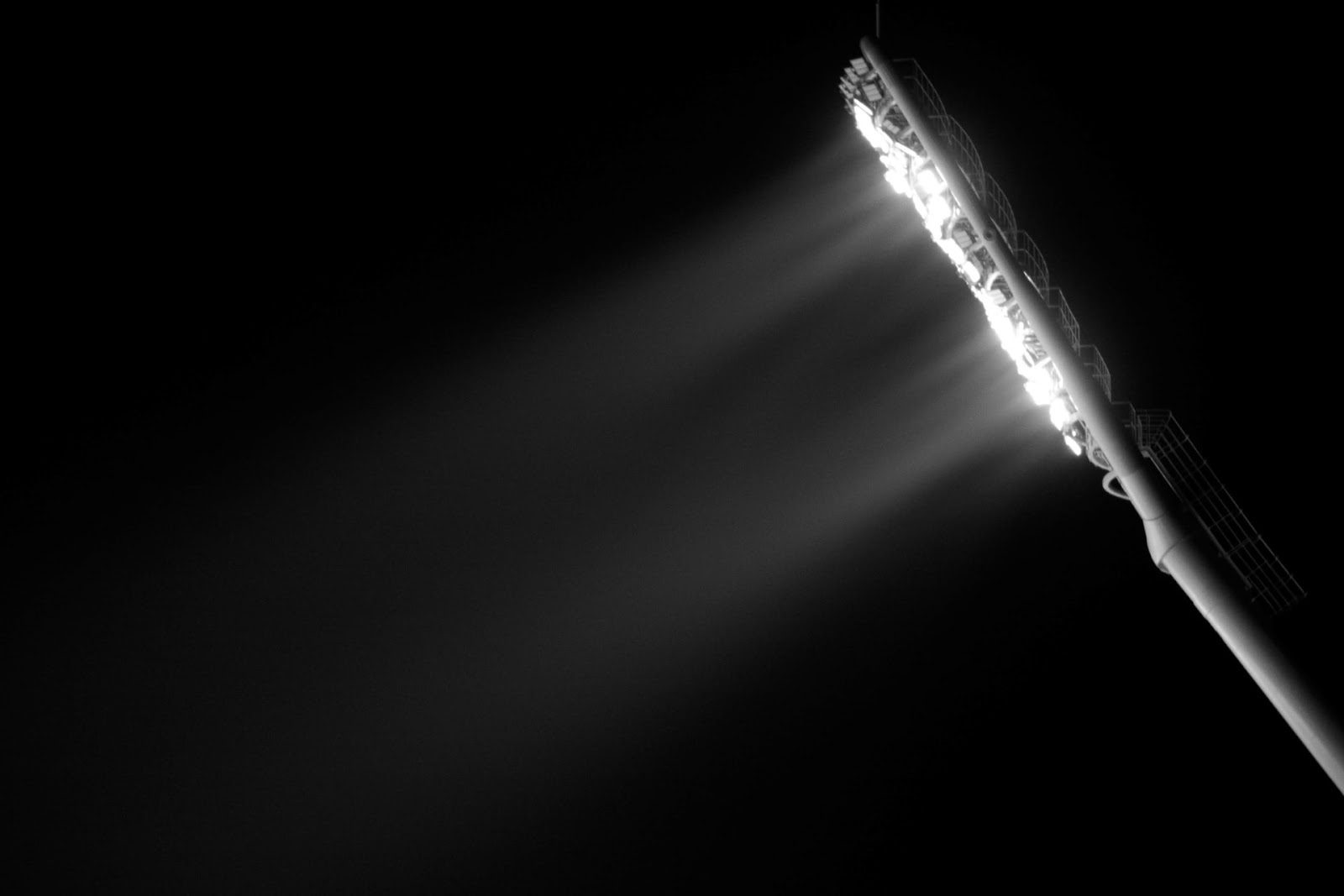
Regarding sustainability, Cleveland is a team that has stepped up to the plate. The organization is “committed to helping preserve the environment by using advanced energy and green options,” said Jerry Crabb, senior director of ballpark operations. “We understand the responsibility of being environmentally conscious within the walls of Progressive Field and beyond. Using sustainable technologies is not only good for the community but good for baseball.”

